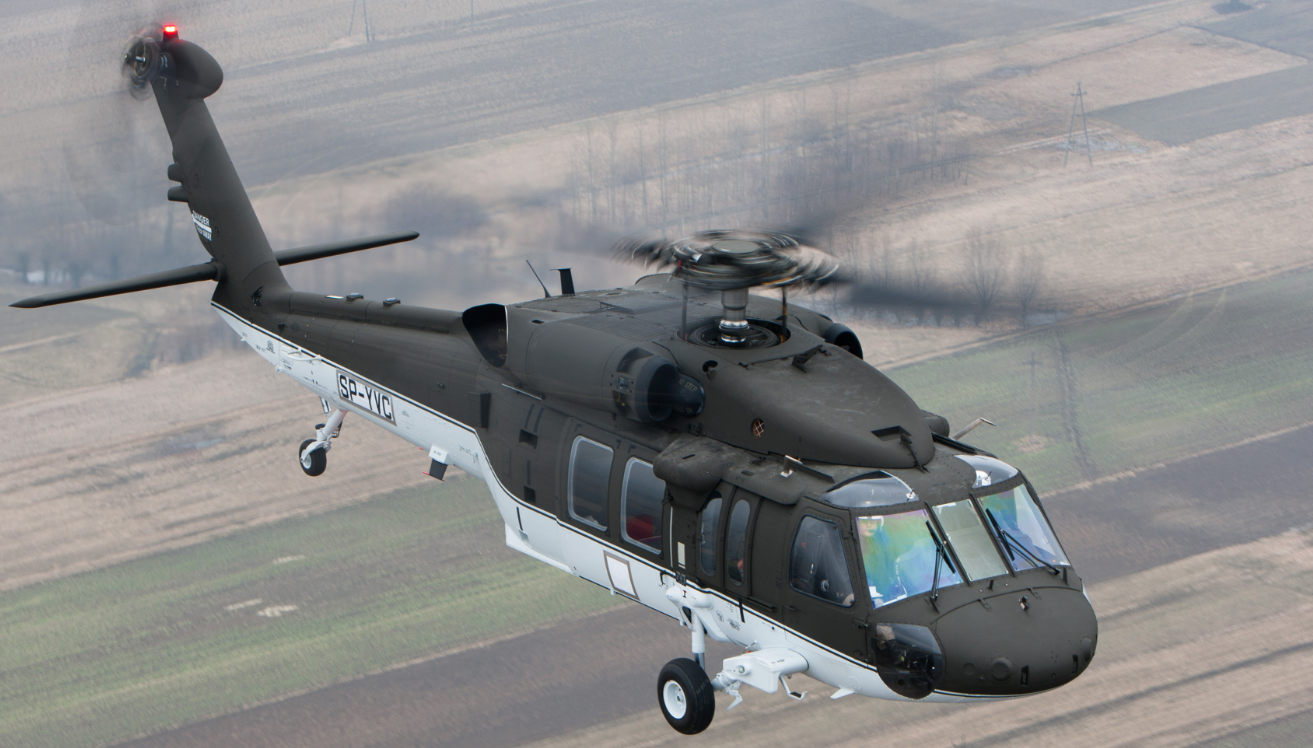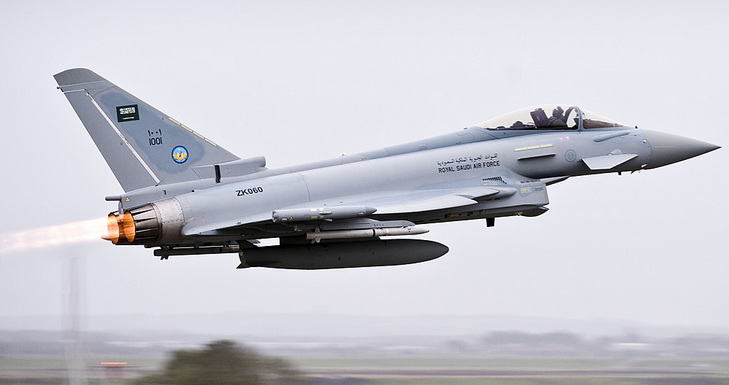2319Views 0Comments

The U.S. intends to replace Afghanistan’s Mi-17s with UH-60A Black Hawk utility helicopters
The U.S. Department of Defence (DoD) is working to supplant the Afghan Air Force (AAF)’s fleet of Mi-17 utility and transport helicopters with Sikorsky/Lockheed Martin UH-60A Black Hawks.
Formal notifications have not been released yet, but Democratic U.S. Senator Richard Blumenthal – who had been a figure in bringing the shift to fruition – announced the decision on his website.
The primary rationale was to ensure that U.S. military aid benefits the U.S. economy. In practice, the DoD will procure, refurbish and upgrade 53 surplus UH-64As from U.S. Army stocks.
The Flight Global’s World Air Forces 2016 compendium notes that the AAF and Afghan Special Mission Wing operate 42 and 55 Mi-8/Mi-17s, respectively.
Notes & Comments:
Technically speaking, the transition to the UH-60A is a natural shift in the sense that like the Mi-17, the Black Hawk is a ubiquitous and widely embraced utility helicopter platform. This confers the Black Hawk with a healthy base of surplus platforms, spare parts, and multiple production sources.
For example, as part of Turkey’s utility helicopter program, Lockheed Martin and General Electric agreed to equip Turkish Aerospace Industries and Tusas Engine Industries with the capability to domestically manufacture the S-70 and its turboshaft engines, respectively.
The Black Hawk’s distributed – and ongoing – supply chain indicates that the platform will be in operation for the foreseeable future, and for the U.S., transitioning Afghanistan to the Black Hawk is feasible.
Given the prospective numbers, i.e. the 53 on the roadmap may be an initial figure, it will be interesting to observe to what extent Afghanistan can or will be enabled to localize support for the Black Hawk. A spare parts depot that closely monitors the helicopter’s usage in Afghanistan and ensures the supply of spare parts (via importing from the U.S. and/or third-party suppliers) could be a potential start.
The U.S. has been tailoring Afghanistan’s airpower capabilities for counterinsurgency (COIN) operations. For example, the nucleus of the AAF’s fixed-wing combat force is comprised of the A-29/EMB-314 Super Tucano, which can be used to undertake close air support and precision-strike operations. The Mi-17s – and in time, the UH-60A Black Hawks – are used for rapidly moving infantry and special operations forces.


